#esther and ahasuerus by artemisia gentileschi
Text

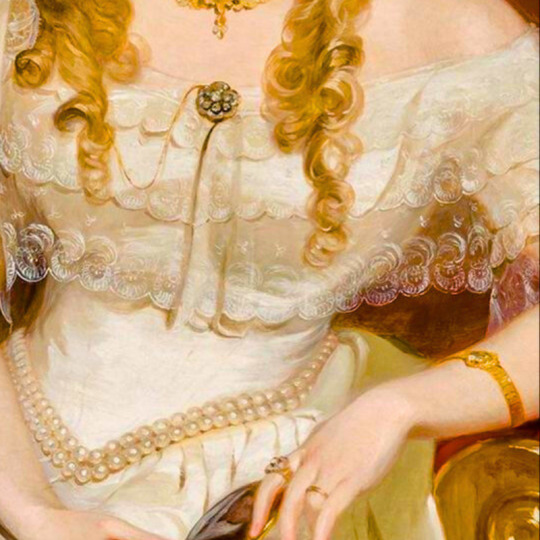



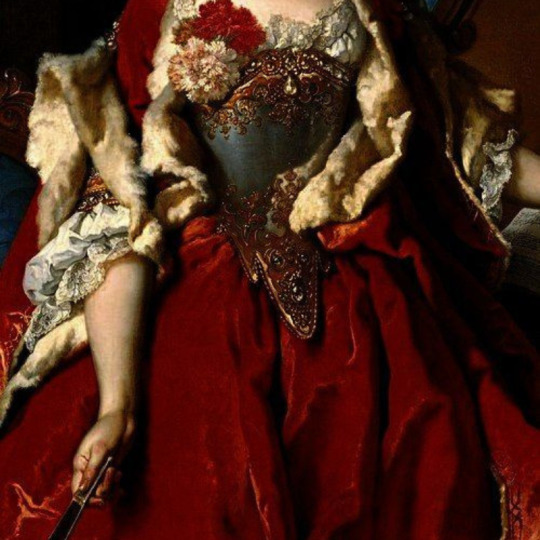


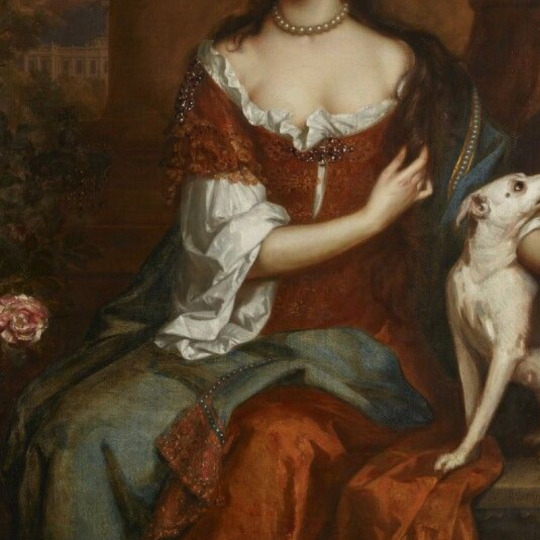


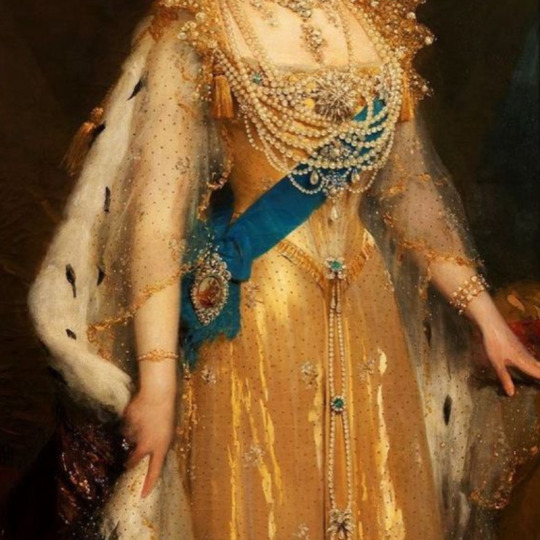
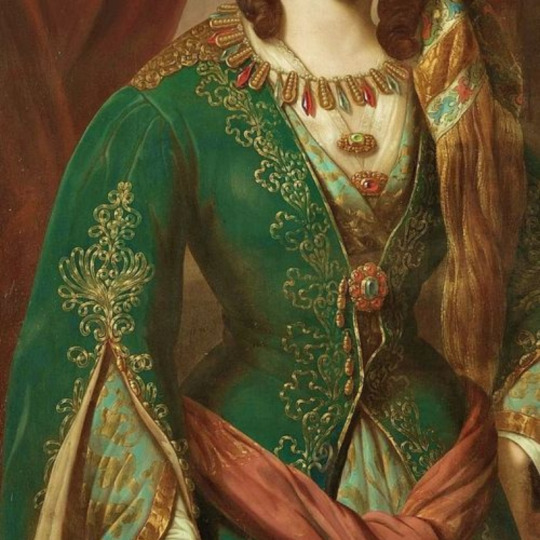

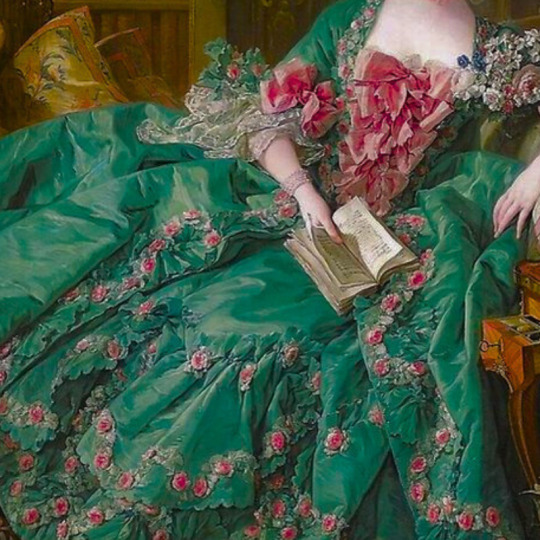

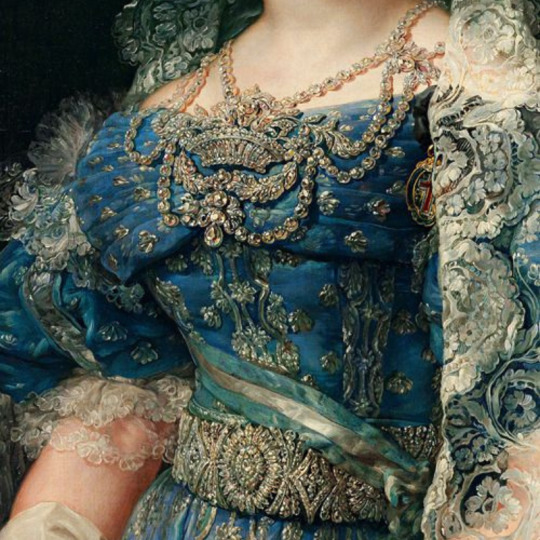



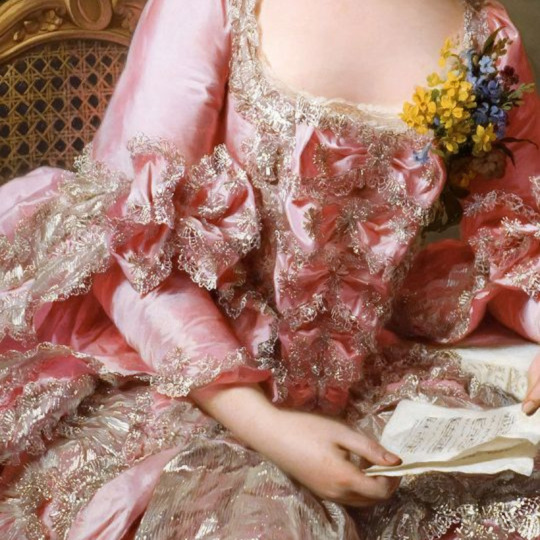





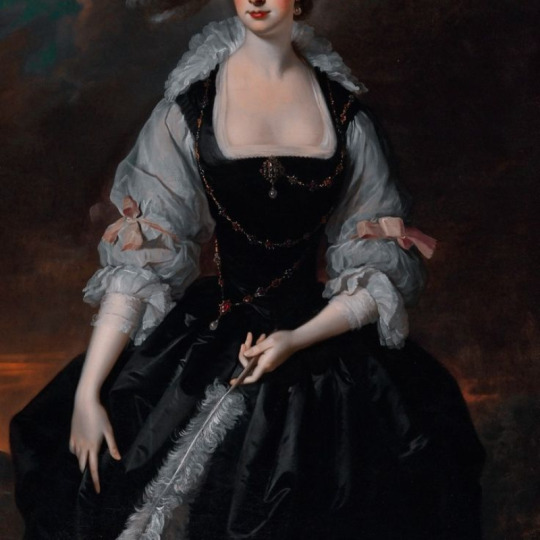
dresses in art
#portrait of the hon. mrs harold by john collier#unknown i cant find this one#portrait of josephine stieler as a bride by joseph karl stieler#portrait of frances anne vane by alexandre jean dubois#portrait of isabelle antoinette barones sloet van toutenberg by nicaise de keyser#portrait of marguerite de seve by nicolas de largillere#portrait of emilia wlodkowska by jozef simmler#portrait of a lady by adriaen hanneman#mary of modena by willem wissing#esther and ahasuerus by artemisia gentileschi#alexandra feodorovna by a malyukov#don't know the artist but its supposed to be the coronation dress of queen alexandra#woman in turkish dress by paul emil jacobs#portrait of juliane by johann heinrich tischbein#portrait of madame de pompadour by francois boucher#princess isabella of asturias vicente palmaroli#maria christina de borbon-dos sicilas reina de espana by vicente lopez y portana#isabella ii queen of spain by federico de madrazo y kuntz#afternoon tea for three by frederic soulacroix#princess maria carolina augusta of bourbon by franz xaver winterhalter#marie suzanne giroust by alexander roslin#the new bracelet by frans verhas#a lady in a lilac dress by wladysaw czachorski#a gust of wind by gaetano bellei#maria grafin zu munster by harry von hente#retrato de dona antonia roca y mestre by angel maria cortellini#frances courtenay by thomas hudson#i loved colorcoding this and i used some from my last edit#art history#history
1K notes
·
View notes
Text


Self Portrait as Mary Magdalene – Artemisia Gentileschi // Self-Portrait as the Allegory of Painting – Artemisia Gentileschi // Judith Beheading Holofernes – Artemisia Gentileschi // Esther Before Ahasuerus – Artemisia Gentileschi // I am not a woman, I'm a god – Halsey
for @peggyvan 🩵
#aaaannnnddd back to your regularly scheduled posting!#hope y'all enjoyed the spooky halloween content ☺️#mary magdalene#judith#judith beheading holofernes#artemisia gentileschi#artemisia my beloved#i am not a woman i'm a god#if i can't have love i want power#iichliwp#halsey#art#art history#lyrics#lyric art
420 notes
·
View notes
Text

Artemisia Gentileschi, Esther before Ahasuerus, 1620s, oil on canvas, 208.3 × 273.7cm
0 notes
Text

Esther before Ahasuerus (ca 1630s-40s) - Artemisia Gentileschi
1 note
·
View note
Photo


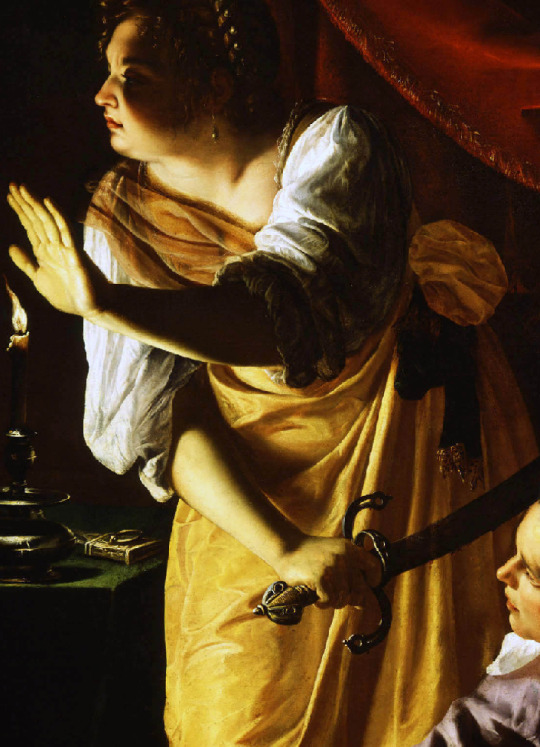

Artemisia Gentileschi (1593-c.1656) & Yellow
Lot and his Daughters, Esther before Ahasuerus, Judith and her Maidservant, Penitent Mary Magdalene.
#Artemisia Gentileschi#art#1600's#17th century#art history#art history blog#paintings#detail#details#art detail#painting detail#Lot and his Daughters#Esther before Ahasuerus#Judith and her Maidservant#Penitent Mary Magdalene#painting details#art details#artwork#yellow
2K notes
·
View notes
Photo





Gentileschi, Artemisia - Esther before Ahasuerus - c. 1628
The most famous woman painter of the seventeenth century, Artemisia worked in Rome, Florence, Venice, and Naples. This painting, among her most ambitious, recounts the story of the Jewish heroine Esther, who appeared before King Ahasuerus to plead for her people, breaking with court etiquette and risking death. She fainted in the king’s presence, but her request found favor. The story is conceived not as a historical recreation but as a contemporary theatrical performance. Initially Artemisia included the detail of a black boy restraining a dog - still partly visible beneath the marble pavement, to the left of Ahasuerus’s knee.
On view at The Met Fifth Avenue in Gallery 637
https://www.metmuseum.org/art/collection/search/436453
Esther before Ahasuerus (Artemisia Gentileschi)
Esther before Ahasuerus is a c. 1628–1635 painting by the Italian artist Artemisia Gentileschi. It shows the biblical heroine Esther going before Ahasuerus to beg him to spare her people. The painting hangs in the Metropolitan Museum of Art, New York. It is one of Gentileschi's lesser known works, but her use of lighting, characterisation, and style help in successfuly portraying Esther as a biblical heroine as well as the main protagonist of the work.
https://en.wikipedia.org/wiki/Esther_before_Ahasuerus_(Artemisia_Gentileschi)
1 note
·
View note
Photo

Esther before Ahasuerus, Artemisia Gentileschi, European Paintings
Gift of Elinor Dorrance Ingersoll, 1969
Size: 82 in. × 8 ft. 11 3/4 in. (208.3 × 273.7 cm)
Medium: Oil on canvas
https://www.metmuseum.org/art/collection/search/436453
83 notes
·
View notes
Photo

source:experienced12
Artemisia Gentileschi. Detail from Esther before Ahasuerus, 1622.
10 notes
·
View notes
Photo


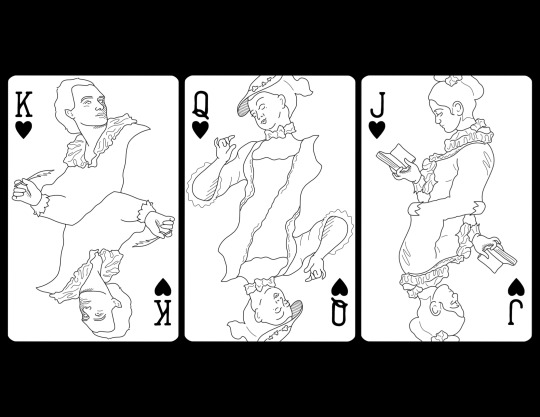

Clubs - J. C. Leyendecker (1874 - 1951)
(K) Cluett Shirts ad
(Q) Couple Descending Staircase
(J) Portrait of Two Men
Diamonds - Mary Cassatt (1844 - 1926)
(K) Portrait of Alexander J. Cassatt
(Q) Woman with a Pearl Necklace in a Loge
(J) The Loge
Hearts - Jean-Honoré Fragonard (1732 - 1806)
(K) Inspiration
(Q) The Swing
(J) Young Girl Reading
Spades - Artemisia Gentileschi (1593 - 1653)
(K) Portrait of a Condottiero
(Q) Mary Magdalene
(J) Esther before Ahasuerus
28 notes
·
View notes
Photo

Esther before Ahasuerus, Artemisia Gentileschi, European Paintings
Gift of Elinor Dorrance Ingersoll, 1969
Size: 82 in. × 8 ft. 11 3/4 in. (208.3 × 273.7 cm)
Medium: Oil on canvas
https://www.metmuseum.org/art/collection/search/436453
17 notes
·
View notes
Photo

Marianne dressed as Esther from “Esther before Ahasuerus” by Artemisia Gentileschi. I really like the dress and i really like Marianne so..this happened
#my trashy art#CaL#chasing a legacy#i know i'm a fake fan#but like..ok...#not really ok#but ok#the Chasing art tag
58 notes
·
View notes
Text

Artemisia Gentileschi, Esther before Ahasuerus (detail) (c 1626-9), oil on canvas, 208.3 x 273.7 cm, The Metropolitan Museum of Art, New York. Wikimedia Commons.
Artemisia Gentileschi was born on 8 July 1593, the eldest child of the renowned Tuscan painter Orazio Gentileschi, while he was working in Rome. She learned to draw at an early age, and worked in her father’s workshop. Her father was strongly influenced by the work and friendship of Caravaggio, which in turn was an early influence on Artemisia. Her mother died when she was 12. She was taught by Agostino Tassi, when he was working with her father on murals in a palace in Rome, at which time Artemisia was already painting her own works in oils. Tassi raped Artemisia, and continued to have sexual relations with her in the expectation that they would marry. Her father pressed charges against Tassi, who was eventually convicted after a long trial which was very traumatic physically, mentally, and emotionally for Artemisia.
Her father arranged for her marriage to a modest painter from Florence, and the couple moved to Florence where Artemisia started to receive commissions. They worked there between 1614 and 1620, during which Artemisia became the first woman ever to be accepted into the Accademia delle Arti del Disegno. She enjoyed good relationships with other prominent artists and intellectuals, including Galileo Galilei. In 1618 the only one of her four children to survive into adult life was born, Prudentia, who also became a painter. However in 1621 she separated from her husband and moved back to Rome, the same year that her father moved to Genoa. This did not prove a success, so she moved to Venice, and then Naples in 1630.
She gained more commissions in Naples, and again built friendships with other artists and intellectuals there. She went to London for a year, when her father became court painter to Charles I, but after his death in 1639, and before the Civil War which started in 1642, she returned to Naples. There she took on an assistant, Onofrio Palumbo, with whom she collaborated increasingly. It is thought that she died between 1654 and 1656, perhaps in the plague that decimated Naples in that last year.
source: eclecticlight.co
#artemisia gentileschi#baroque painting#italian painter#Accademia delle Arti del Disegno#caravaggio#galileo galilei#florence#naples#medieval painter#female painter#rome#venice#london#onofrio palumbo
49 notes
·
View notes
Text

By: Amy Fredrickson
Artemisia Gentileschi was born on July 8, 1593, in Rome and is one of the most distinguished artists of her generation. She challenged the societal limitations placed on female artists during her time and became a successful history painter in her own right. Her career took her from Rome to Florence, Venice, London, and Naples, where she worked for elite patrons such as the Medici family in Florence and King Philip IV of Spain.
Artemisia was the eldest of Prudenzia Montoni and Orazio Lomi Gentileschi’s (1563–1639) five children as well as their only daughter. She was born into an artistic family. In addition to her father, her grandfather Baccio Lomi (c.1550–1595) and her uncle Aurelio Lomi (1556 – 1622) were well-known Pisan painters.

Originally a mannerist-style painter, Orazio became a follower of Caravaggio’s practice of working from nature, and he trained Artemisia to paint in this manner. As a child, Artemisia worked in his studio, mixing pigments and making varnishes. She learned the techniques of chiaroscuro, which was characteristic of Caravaggist paintings. In turn, Artemisia was a second-generation champion of Caravaggio’s realism; her first recorded paintings are almost indistinguishable from her father’s, such as Susanna and the Elders (1610). Painted a few years later, Judith and Her Maidservant (c.1614-20) in the Palazzo Pitti sets her apart from Orazio for its emotive protagonists and deep tenebrism.
Orazio hired painter Agostino Tassi (1578 – 1644) to tutor Artemisia. In the spring of 1611, Tassi raped her, and he refused to fulfill his promise to marry her. Orazio took him to trial because the crime against his daughter was a crime against his family’s honor. Artemisia’s infamous 1612 trial was well-documented and lasted seven months. She was forced to provide a testimony under torture. Found guilty, Tassi was sentenced to banishment from Rome for five months; however, his punishment was not enforced.
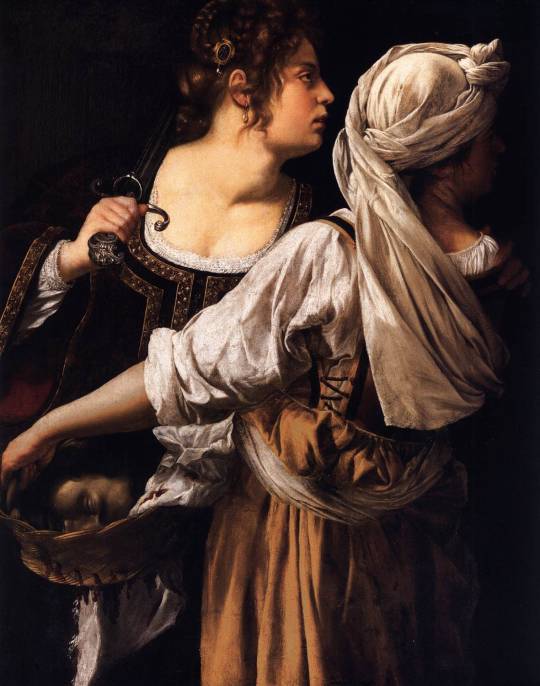
Shortly after, Artemisia married Florentine artist Pietro Antonio di Vincenzo Stiattes (b.1584), and they moved to Florence. Before their arrival, Orazio wrote to the dowager Grand Duchess of Tuscany, Christina of Lorraine, requesting her help in preventing Agostino Tassi's release from the Corte Savella where he was being jailed. In return, Orazio offered to send her one of Artemisia's paintings, Judith and Her Maidservant (c.1614-20).
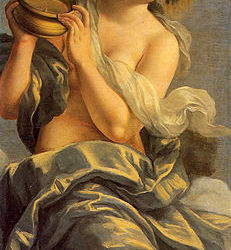
Artemisia established herself as an independent artist in Florence, and she began developing her distinct style. She pushed against the societal norms established for women during her time, such as relegating women painters to the genre of still life or portraiture. Instead, she concentrated on history painting. She established herself within Florentine literary circles, which led to commissions from the Medici family and Michelangelo Buonarotti the Younger. She painted Judith and Holofernes (c. 1612–1621) and the Penitent Mary Magdalene (1620–1625) in the Palazzo Pitti for the Medicis, and for Casa Buonarotti, she painted a ceiling painting called the Allegory of Inclination (1615–1617). Her Florentine paintings illustrate her development beyond her father’s teachings and those of Caravaggio as she introduced a more polished surface, brighter colors, and sophisticated iconography. Perhaps these advances were a product of her association with the poets, painters, and intellectuals she had encountered in Florence. In 1616, Artemisia became the first female member of the Accademia delle Arti del Disegno.

Artemisia was business savvy; she ran her own studio and controlled her finances. The move to Rome may have coincided with Grand Duke Cosimo II de’ Medici’s death in 1621. His successor was Ferdinando, his ten-year-old son, who was governed by his mother and grandmother, and ultimately, their tastes leaned toward penitent biblical figures rather than Artemisia’s bloodletting heroines.
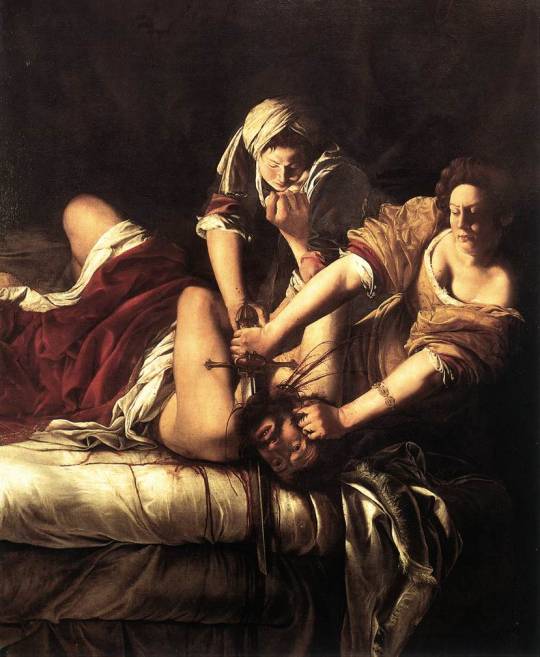
In 1620, Artemisia and her husband returned to Rome for approximately six years. Judith and her Maidservant (c. 1623-25), now in Detroit, dates to this time, although how many paintings Artemisia produced during her second Roman period is unclear. Little is known about her involvement in Roman artistic circles of this period, yet Simon Vouet’s portrait of Artemisia for the papal secretary Cassiano dal Pozzo provides some insight that she was associated with an elite circle of patrons and possibly the Academy of the Desiosi.
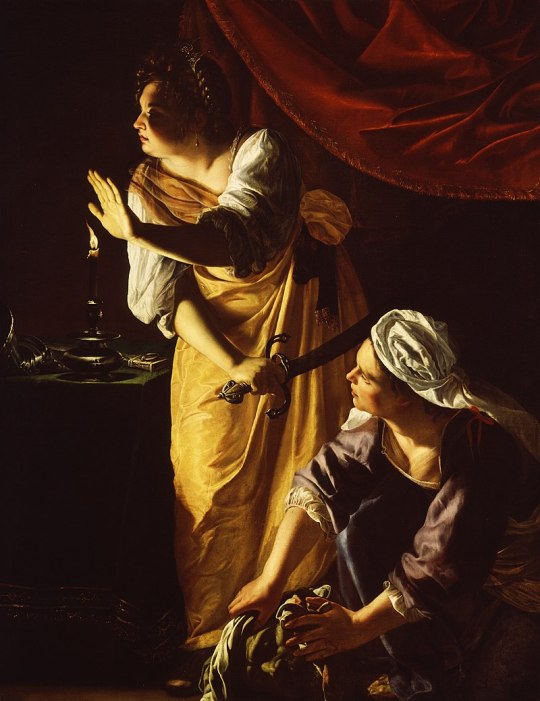
In 1627, Artemisia traveled to Venice for a few years to possibly attain commissions. During her Venetian sojourn, she participated in literary circles such as the Accademia degli Incogniti. Venetian poetry of this time alludes to her status in these circles. While in Venice, Artemisia began to specialize in monumental biblical and historic women; the subject of these paintings featured the triumphs and tragedies of these heroines.

In 1629, the Spanish viceroy, the Duke of Alcalá, invited Artemisia to Naples, and a year later, she resided in Naples and ran a successful studio. A remarkable example of this period is her Esther before Ahasuerus (1627-1630), which hints at her Venetian sojourn. The incorporated grandiose movements and ornamental dress emit an operatic air.

Her recently discovered paintings, such as Corsica and the Satyr (c. 1630-35) and Christ and the Samaritan Women (c. 1637), reveal that the 1630s marked a high point in her career. What sets these works apart from her earlier paintings are her lyrical subjects and the loose Venetian-inspired brushwork of broad white strokes with colors applied on top. During the 1630s, she began incorporating rich colors, such as ochres, blues, and cinnabar red. Artemisia created dimension and drama through her use of such rich hues.

Artemisia left Naples in 1638 to assist her ill father in London. Orazio worked for the English court beginning in 1626 and was working on ceiling paintings for the Great Hall in the Queen’s House in Greenwich. By 1640, she returned to Naples, where she remained until her death. It is unknown when she died, but a recently discovered document shows her living in Naples in August 1654. It is plausible that Artemisia died during the 1656 plague that had ravaged Naples and killed half of its inhabitants.
Images:
Self-Portrait as the Allegory of Painting, c.1630, oil on canvas, 96,5 x 73,7 cm., Royal Collection, Windsor
Susanna and the Elders, 1610, oil on canvas, 170 x 121 cm., Schloss Weissenstein, Pommersfelden
Judith and Her Maidservant, c.1614-20, oil on canvas, 114 x 93.5 cm., Galleria Palatina (Palazzo Pitti), Florence
Allegory of Inclination, c. 1615, oil on canvas (ceiling), 152 cm × 61 cm., Casa Buonarroti, Florence
The Penitent Mary Magdalen, 1620-25, oil on canvas, 146 x 109 cm., Galleria Palatina (Palazzo Pitti), Florence
Judith Beheading Holofernes, 1612-21, oil on canvas, 199 x 162 cm.,
Galleria degli Uffizi, Florence
Judith and her Maidservant, c. 1623–1625, oil on canvas, 184 x 141.6 cm., Detroit Institute of Art.
Esther Before Ahasuerus, c. 1627-1630, oil on canvas, 208.3 cm x 273.7 cm., Metropolitan Museum of Art.
Corsica and the Satyr, c.1630-35, oil on canvas, 155 x 210 cm., Private Collection.
Christ and the Samaritan Women, c. 1637, oil on canvas, 267.5 x 206 cm., Private Collection.
References:
Sheila Barker, 'Artemisia's Money: The Entrepreneurship of a Women Artist in Seventeenth-Century Florence,' Artemisia Gentileschi in a Changing Light, ed. by Sheila Barker (London, 2018), pp 59-88
Breeze Barrington, 25 April 2020, "The Trials And Triumphs Of Artemisia Gentileschi," Apollo Magazine. [online] <https://www.apollo magazine.com/artemisia-gentileschi-london/>
Ward R. Bissell, Artemisia and the Authority of Art: Critical Reading and
Catalogue Raisonné (University Park, 1999)
Ward R. Bissell,‘Artemisia Gentileschi-A New Documented Chronology,’ The
Art Bulletin 50, no. 2, (1968), pp. 153–168.
Patrizia Costa, ‘Artemisia Gentileschi in Venice’, Source: Notes in the History of Art 19, no. 3, (2000), pp. 28-36
Mary D. Garrard, 'Artemisia Gentileschi's 'Corisca and the Satyr,'' The Burlington Magazine 135, no. 1078 (1993), pp. 34-38
Mary D. Garrard, Artemisia Gentileschi: The Image of the Female Hero in Italian Baroque Art (Princeton, 1989)
Jesse Locker, Artemisia Gentileschi: The Language of Painting (New Haven, 2015)
#artemisia#artemisia gentileschi#florence#rome#caravaggisti#Caravaggio#Baroque Art#women artists#female artist#heroines#judith#judith and holofernes#susanna and the elders#self portrait
49 notes
·
View notes
Photo

Esther before Ahasuerus (detail) by Artemisia Gentileschi
185 notes
·
View notes
Photo
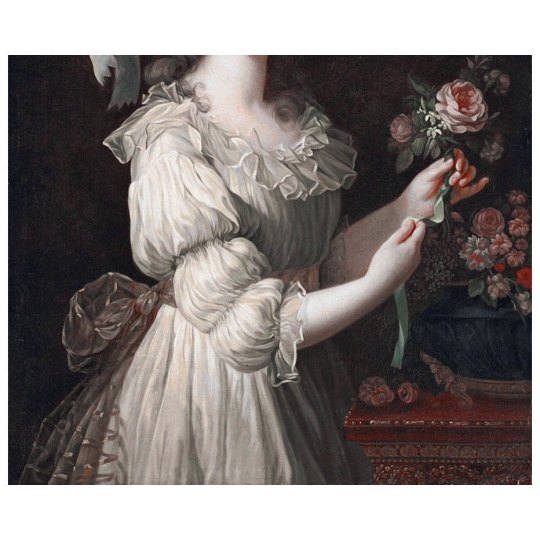
Marie Antoinette (Detail) (1783) Élisabeth • Vigée • Le Brun ~~~~~ Woman at the Café (1931) Antonio • Donghi ~~~~~ Esther before Ahasuerus (Detail) (1635) Artemisia • Gentileschi ~~~~~ Portrait of a Woman (1875-1880) Jean • Jacques • Henner ~~~~~ Portrait of Marguerite van Mons (1886) Théo • van • Rysselberghe https://www.instagram.com/p/B673y0BKSwJ/?igshid=1cwp36u3hktxc
1 note
·
View note
Photo
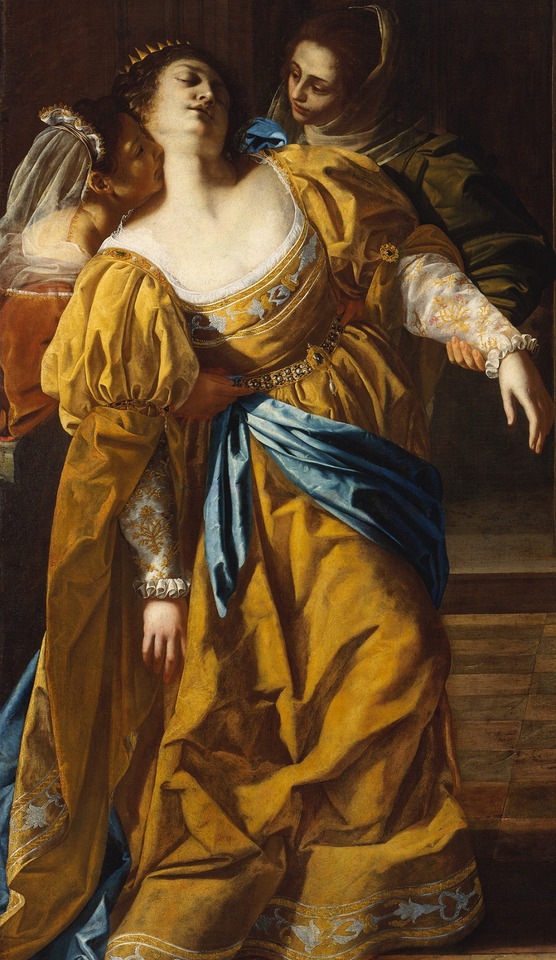
Detail of Esther before Ahasuerus, c. 1635, by Artemisia Gentileschi (1593-c.1656)
#art#detail#art detail#painting detail#Esther before Ahasuerus#1600's#17th century#Artemisia Gentileschi#Gentileschi#female artist#italian art#italy#italian#art history#art history blog#painting#artwork#details#art details#painting details
811 notes
·
View notes